Things to note when growing flowers in winter
Last Update :2024.11.05
Article Catalog
You need to pay attention to the temperature when growing flowers in winter. Some tropical flowers, such as tropical orchids, pineapples, etc., should not be lower than 10℃, while jasmine, four-season crabapple, hibiscus, pineapple, clivia, monstera, etc. also need to be above 5℃; Pay attention to sufficient light. In the dry indoor areas in the north, you need to spray water frequently to keep the pot soil moist. Generally, except for flowering plants, fertilizer should be stopped in winter.
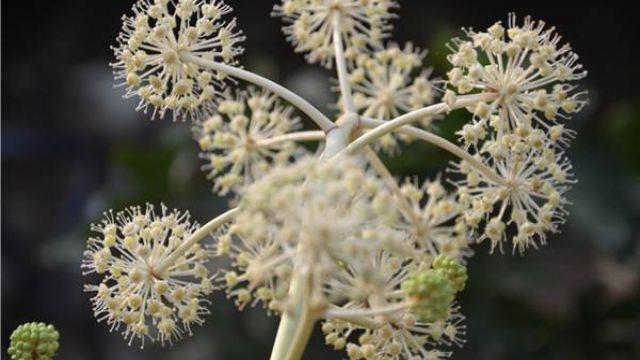
suitable temperature
Suitable temperature
Now that residents’ housing conditions have improved, enclosed balconies are very beneficial for flower pots to survive the winter. If there is no enclosed balcony, potted flowers should be brought into the room at night. Some special Potted flowers that are sensitive to the cold, such as tropical orchids, pineapples, poinsettias, anthuriums, milanias, crab claws, poinsettias, cineraria, amaryllis, etc., should have a room temperature not lower than 10°C at night.
Jasmine, crabapple, hibiscus, pineapple, clivia, monstera, asparagus, lotus, duck foot wood, rubber tree, pothos, tiger thorn, Sansevieria, Strelitzia reginae, banyan tree, epiphyllum , Brazilian wood, Chinese orchid, Belgian azalea, rhododendron, Schefflera, Dieffenbachia, geranium, cymbidium, pocket coconut, cyclamen, spring feather, spider plant, cycad, palm bamboo, palmetto, kumquat, Aloe vera, peony, kidney fern, octagonal golden plate, generation, dripping Guanyin, oleander, etc. require a minimum room temperature of above 5℃. If the room temperature is too low, these flowers will have yellow leaves.
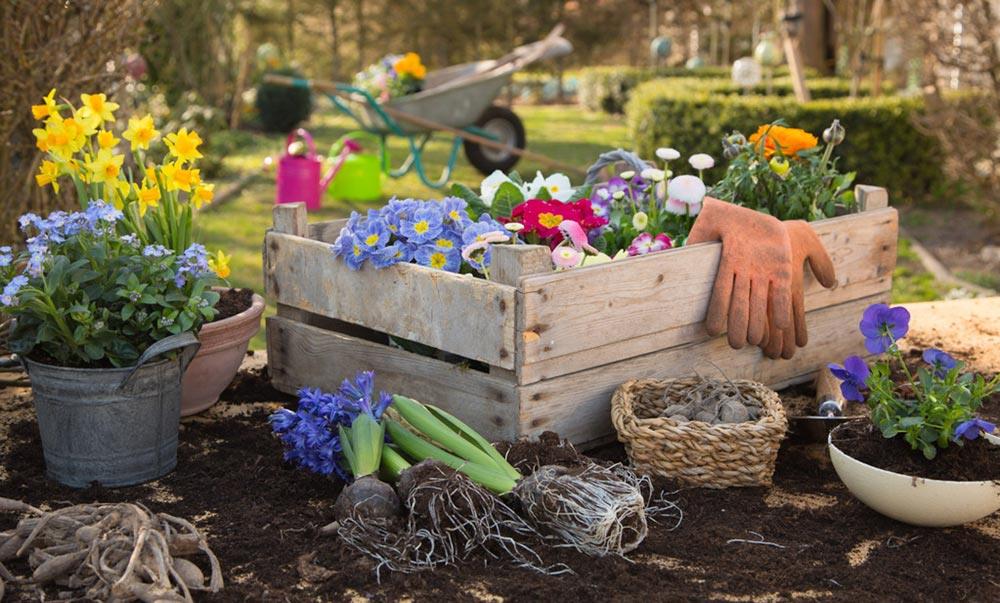
Sufficient light
The sunlight is weak in winter, and plants that prefer light or are slightly shade-tolerant will have yellow leaves if they are placed in a place without light or with too little light for a long time. Plants such as Milan, poinsettia, jasmine, hibiscus, geranium, camellia, cyclamen, cycad, rhododendron, clivia, etc. need to be fully exposed to sunlight in winter.
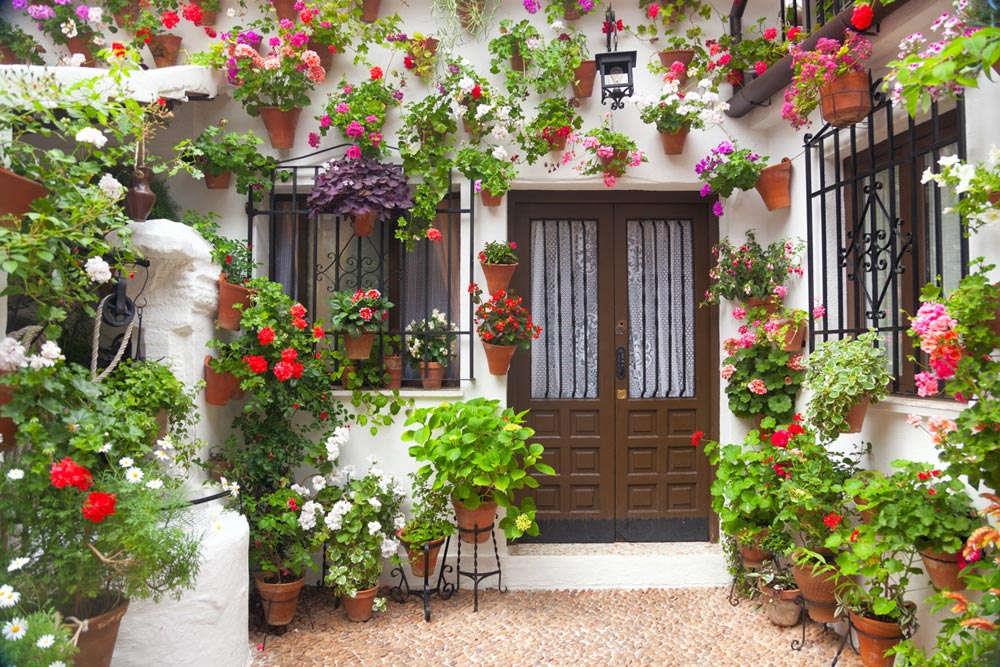
Maintain humidity
Many household flowers like high air humidity, such as cymbidium, phalaenopsis, Boston fern, kidney fern, rhododendron, pothos, asparagus, monstera, spring feather, arrowroot, camellia, and evergreens. wait. However, since most homes in the north have sufficient heating and indoor air is dry, the leaves should be sprayed frequently with water close to room temperature to keep the pot soil moist and avoid yellow leaves.
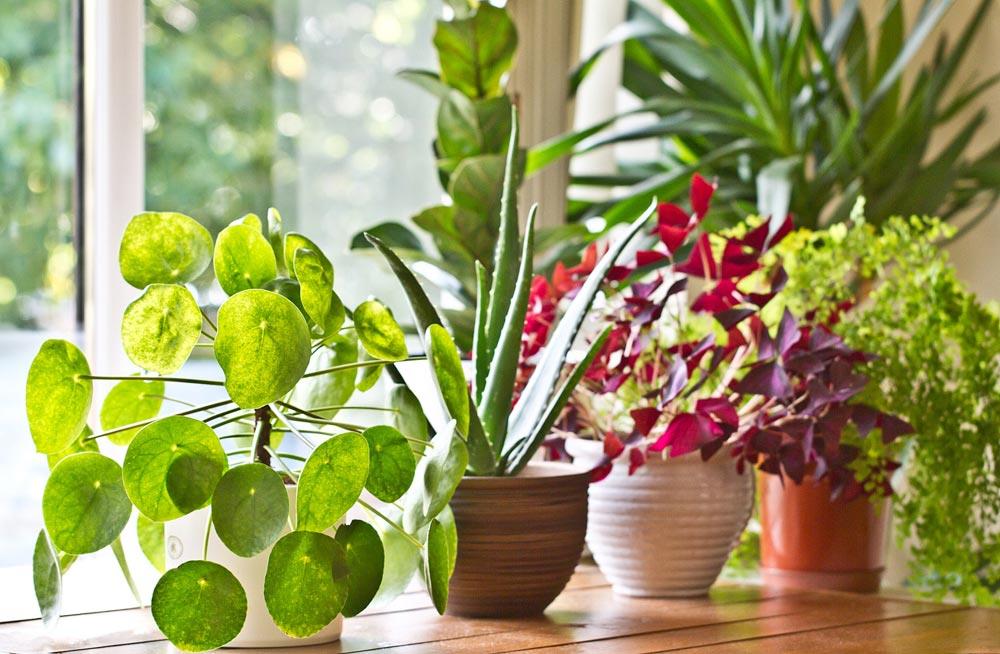
Water appropriately
After winter, the temperature is low and water evaporates slowly, so the amount of water should be appropriately reduced. For plants that are in a slow-growing and semi-dormant state in winter, the pot soil should be drier. Due to the low temperature in winter, water for watering flowers must be stored or dried in equipment. Do not water flowers directly with tap water to prevent the temperature difference from being too large and damaging the root system. Because the temperature continues to drop in winter, the metabolism of flowers slows down, or they enter a dormant state. Generally, potted flowers should strictly control fertilizer and water. For flowers that tolerate shade, avoid root rot and leaf drop caused by excessive watering. Generally, the appropriate watering time should be around noon.
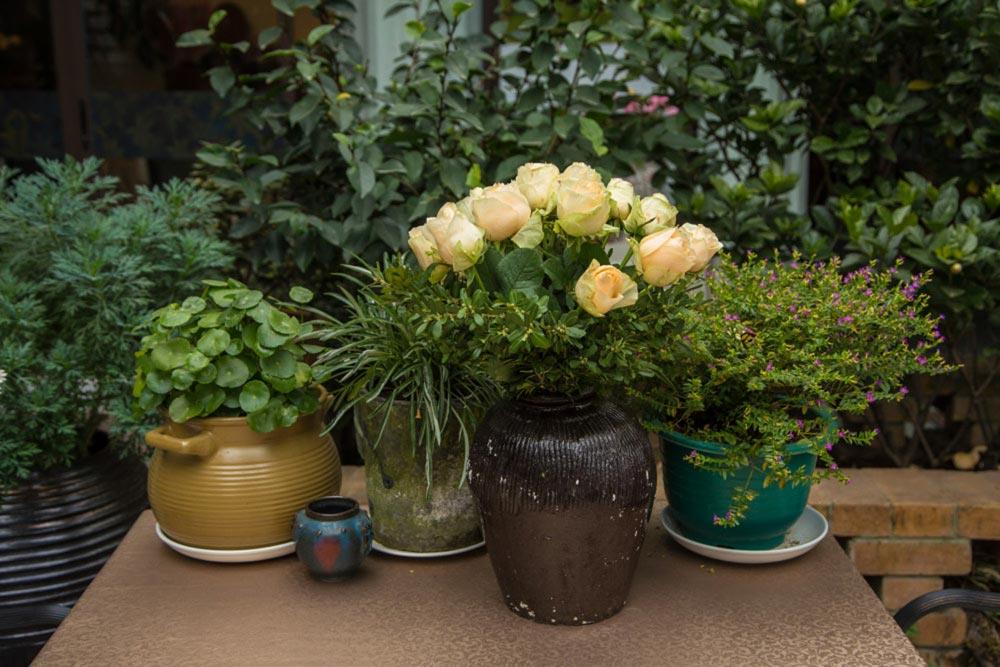
Fertilize appropriately
Most flowers enter the dormant period in winter, so fertilization should be minimized or stopped. Indoor flowers that do not go dormant in winter, such as evergreen flowers such as Sansevieria orchid, fishtail sunflower, palm bamboo, and pothos, basically have no requirements for fertilizer when the room temperature is around 5°C, so they do not need top dressing. If fertilizer is applied when the temperature is low, root rot may occur. The main reason is that plant root growth is slow in winter, and the fertilizer applied cannot be absorbed by the roots. Instead, it will hinder the normal absorption of the roots, and in severe cases, the roots will rot. If the room temperature is high and the flowers bloom in winter, such as cineraria, cyclamen, primula, African impatiens, flamingos, etc., you need to apply thin organic liquid fertilizer every half a month, or apply a small amount of compound fertilizer. When excessive fertilization is applied, water should be watered in time to dilute the fertilizer concentration.

Adequate light
maintain humidity
Water appropriately
Proper fertilization
- END -
How to grow bear palm tree

Bear palm tree is an evergreen vine plant, a hybrid product of octagonal golden di...
The difference between small wax and small leaf ligustrum
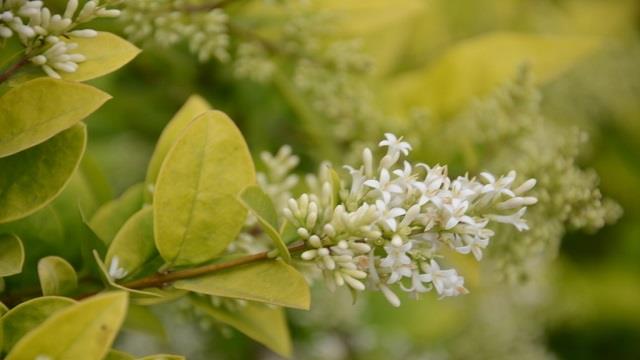
Appearance: The peduncle of Ligustrum lucidum is more obvious and the leaves are h...